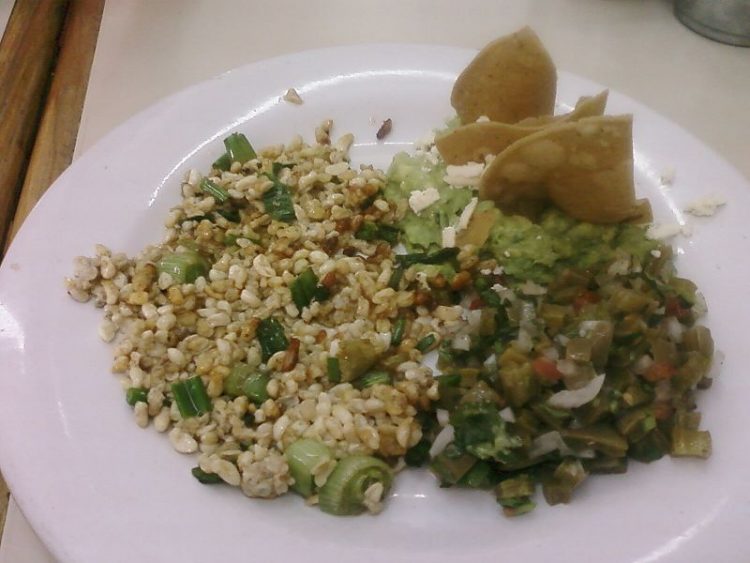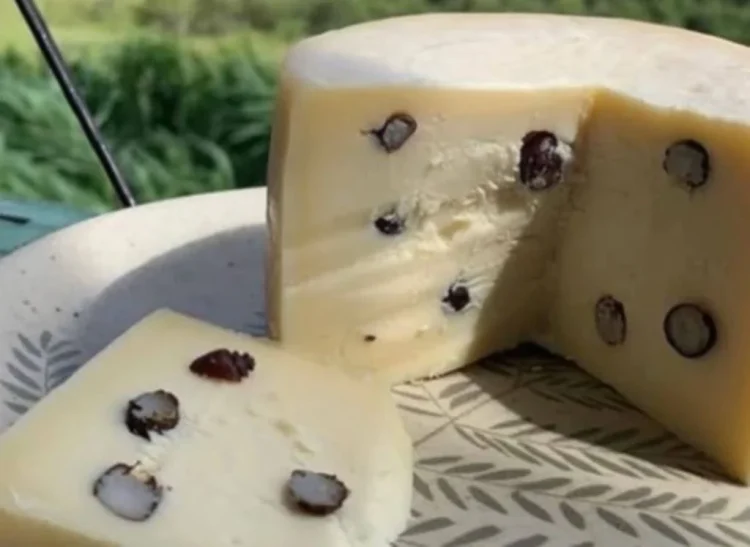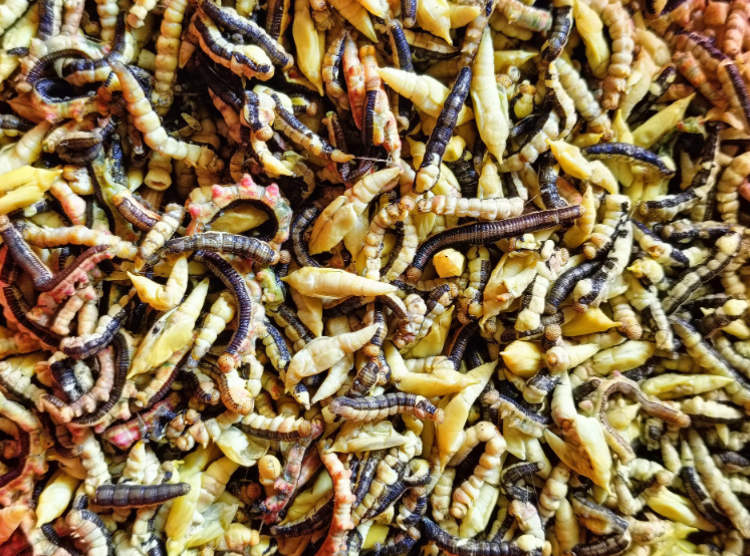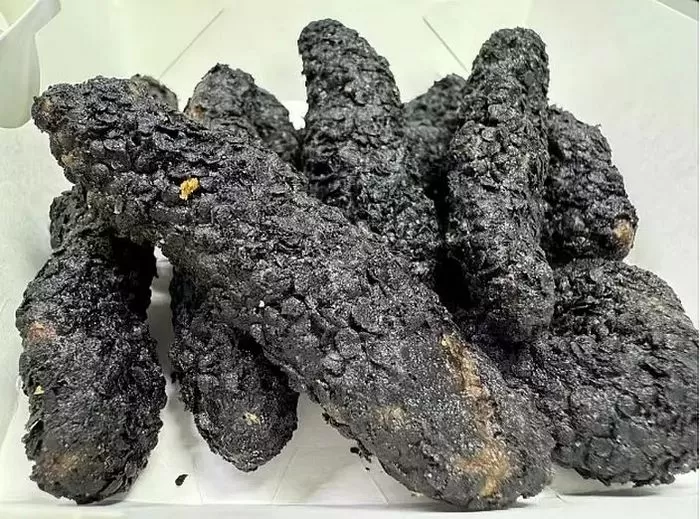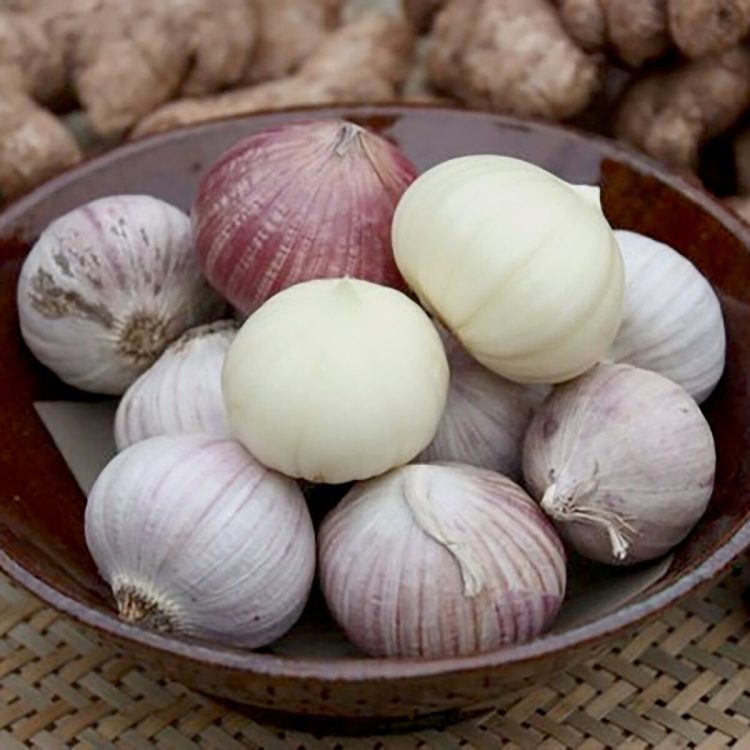Escamol is an ancient dish made with the edible larvae and pupae of two species of ants, known for its nutty, buttery flavor. It has been consumed in Mexico since the time of the Aztecs.
Commonly known as ‘Mexican caviar’, because of its similarity to fish eggs, escamol consists larvae and pupae of ants belonging to the Liometopum apiculatum and L. occidentale, two species native to some semi-arid areas of Mexico and the southern United States. Its origins can be traced back hundreds of years, back to the time of the Aztecs, when consumption of insects as food was very common. Escamol was considered a delicacy by the Aztecs, who would trade for it with nomadic tribes such as the Otomis, because it was difficult to procure. Its price in Mexican restaurants suggests that escamol has retained its status as delicacy in modern times as well.
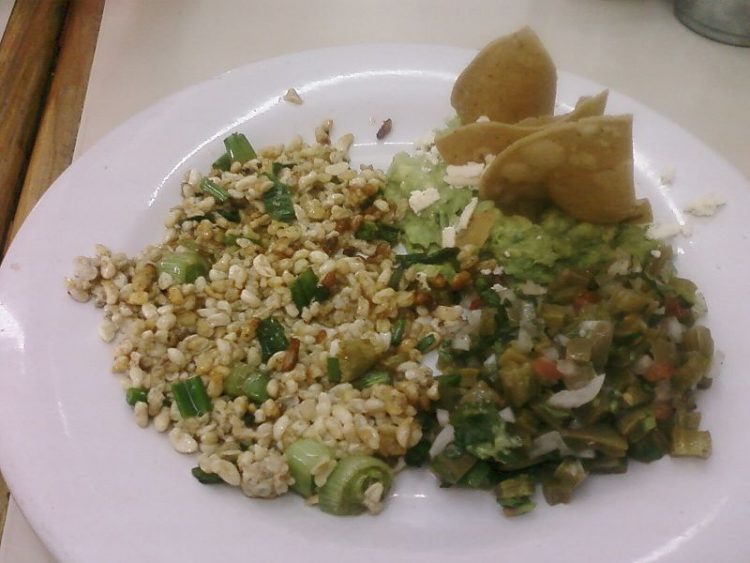
Photo: CVmontuy/Wikimedia Commons
This insect caviar is harvested from ant nests, which can usually be found in rocks, or underground, a few meters away from a food source, which consists of various species of cacti and trees, like pepper trees, oaks or agave. Escamol can only be found for only 10 – 12 weeks between February and April, and while weather heavily influences the availability of this delicacy, ants generally deposit eggs three to five times during a season.
View this post on Instagram
After a nest is located, escamol collectors look for the trabecula (the structure where mature ants deposit and care for the eggs), and only up to 70% of escamol is harvested. Unfortunately, not all collectors know how to harvest the eggs correctly, which has led to the destruction of entire ant colonies, or the relocation of their nests to inaccessible areas.
View this post on Instagram
The insect caviar is washed and most times prepared according to a traditional recipe, along with green chili, finely chopped onion, and epazote leaves. They are cooked lightly for about 5 minutes or until they turn white or ivory, and served in tacos or corn tortillas. They reportedly have a buttery and slightly nutty flavor, and have a texture similar to cottage cheese.
View this post on Instagram
According to the Slow Food Foundation, the price of escamol in Mexican markets ranges between $35 and $100, but an escamol dish at a high-class restaurant can be even pricier.
For more unusual types of caviar, check out snail caviar, and the expensive caviar of citrus.

